Name Idrissa Ouedraogo Role Film director | ||
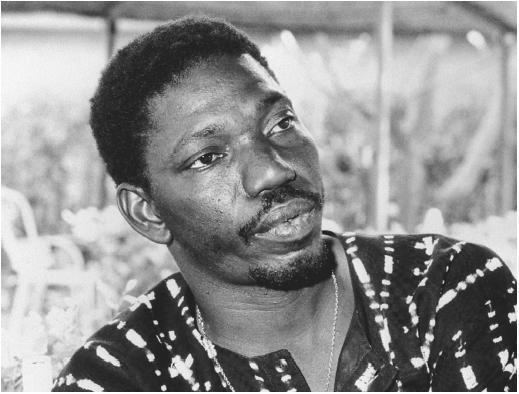 | ||
Born January 21, 1954 (age 71) ( 1954-01-21 ) Banfora, Upper Volta Occupation Film director, screenwriter and producer Education Institut des hautes etudes cinematographiques Nominations Cesar Award for Best Film from the European Union Movies Yaaba, The Law, Eleven Minutes - Nine Sec, Kini and Adams, Samba Traore Similar People Rasmane Ouedraogo, Gaston Kabore, Youssef Chahine, Claude Lelouch, Samira Makhmalbaf | ||
Siblings Tahirou Tassere Ouedraogo | ||
Burkina Faso honours legendary film-maker Idrissa Ouedraogo
Idrissa Ouédraogo (born 21 January 1954 in Banfora, Upper Volta) is a film director from Burkina Faso who creates films set within Africa, often exploring the conflict between rural and city and tradition and modernity. He is best known for his feature film Tilaï, which won the Grand Prix at the 1990 Cannes Film Festival and Samba Traoré (1993), which was nominated for the Silver Bear award at the 43rd Berlin International Film Festival.
Contents
- Burkina Faso honours legendary film maker Idrissa Ouedraogo
- Lumi re and company idrissa ouedraogo
- Early life and education
- Early career
- Feature films
- Shorts
- Films
- Television series
- Segments
- References
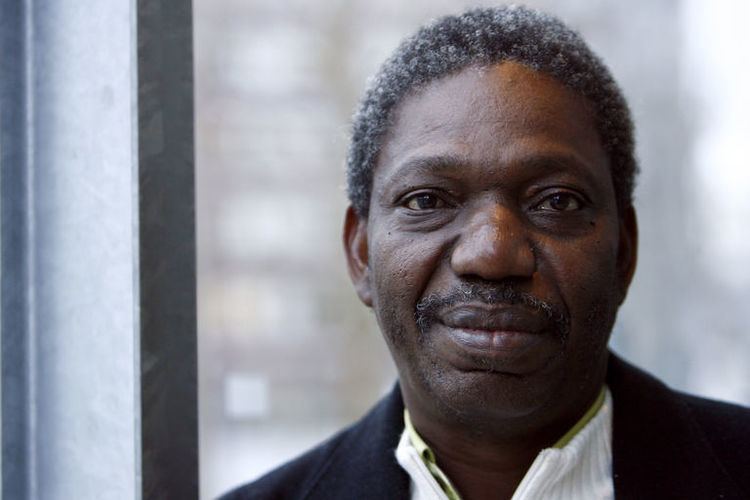
Lumi re and company idrissa ouedraogo
Early life and education
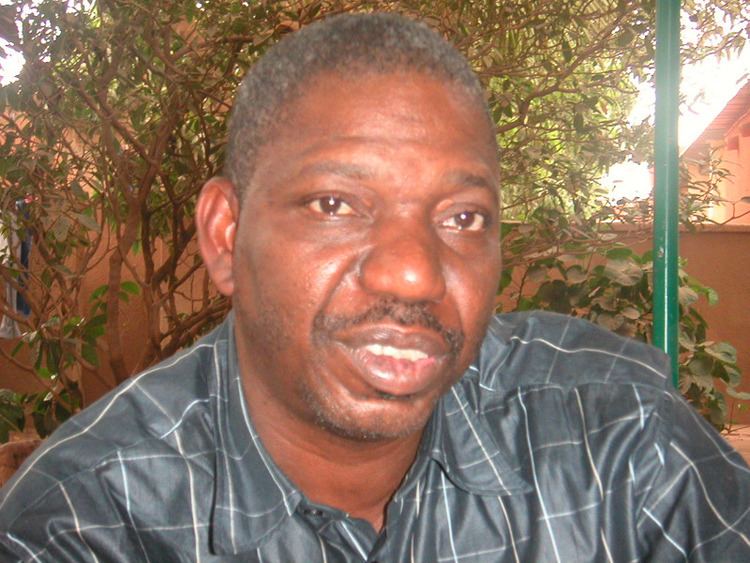
Idrissa Ouédraogo was born in Banfora, Upper Volta, (now Burkina Faso) in 1954. He grew up in the town of Ouahigouya in the northern region of his homeland, and in 1976 he was awarded a Bachelor of Arts degree. To ensure a better life his farmer parents sent him to Ouagadougou to gain a more advance education, where he attended the African Institute for Cinema Studies (Institut Africain d’Etudes Cinématographiques) completing his studies in 1981 with a masters. After studying in Kiev in the USSR he moved to Paris, where he graduated from the Institut des hautes études cinématographiques (IDHEC) in 1985 with a DEA from the Sorbonne.
Early career
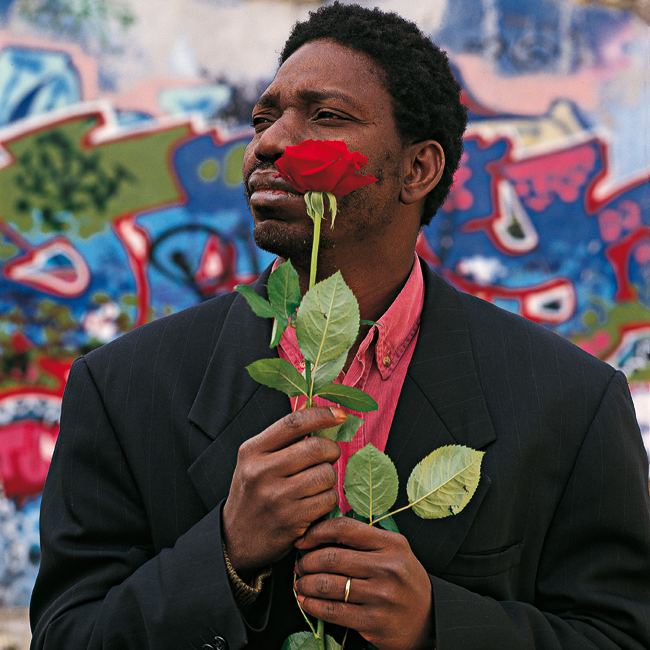
On graduating from IAFEC in 1981, Ouédraogo set up his own independent film company, "The Future of Films", which became "Les Films de la Plaine". In 1981, before moving to Kiev, he worked for the Burkina Faso Directorate of Cinema Production (Direction de la Production Cinématographique du Burkina Faso), where he directed several short films. His earliest short, Pourquoi (1981), a man dreams of killing his wife, but is unsure if it is a dream or reality. He followed this with another short film, Poko (1981), which won the short film prize at that years Panafrican Film and Television Festival of Ouagadougou (FESPACO). Poko follows a young pregnant woman who dies after failing to reach medical facilities whilst being transported on a cart. The film highlighted the fact that despite paying their taxes, the poor gain little real help in day to day necessities from the government. This was followed by the shorts Les Écuelles (The Platters) (1983), Les Funérailles du Larle Naba, (Larle Naba's Funeral) (1984), Ouagadougou, Ouaga deux roues (Ouagadougou, Ouaga Two Wheels) (1985) and Issa le tisserand (Issa the Weaver) (1985). His last short was Tenga (1985), which explores a villager who after moving to the city, returns to his hometown. In these shorts Ouédraogo explores themes and film techniques that he would return to in his future feature films.
Feature films
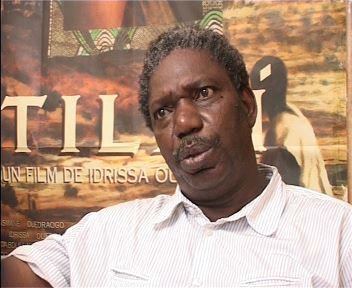
Ouédraogo's first feature, Yam daabo (The Choice) (1986), focuses on a rural family's decision to remain reliant on aid or to move location and become self-sufficient. It was well received and won the FIPRESCI Award. His first film to receive greater distribution was Yabba (Grandmother) which won awards at festivals and was shown around the world, popular because of its beauty and simplicity. Despite its popularity, critics felt the Yabba lacked the critical insight into the serious issues that affected village life.
His next film Tilaï (A Question of Honour) won the Grand Prix at the 1990 Cannes Film Festival. Centered around a moment of change in the Mòoré culture, where the lives of the children of a family are torn apart by the unwavering adherence to tradition in a rapidly transforming modern world. The success of both Yam daboo and Tilaï placed pressure on Ouédraogo to produce another international success, and his next film Karim and Sala was rushed to be shown at the 12th Panafrican Film and Television Festival of Ouagadougou (FESPACO) and was not well received and suffered from poor distribution. Samba Traoré (1993), returns to the themes of rural versus city life, tradition against change and was well received, being nominated for the Silver Bear at the 43rd Berlin International Film Festival. Ouédraogo followed Samba Traoré with The Heart's Cry (Le Cri du cœur) (1994), Kini and Adams (1997), Anger of the Gods (La Colère des dieux) (2003) and Kato Kato (2006).
Ouédraogo's output has been criticised as being too focused on appealing to audiences in Africa and the West. Françoise Pfaff names Ouédraogo, amongst a group of African directors, as a storyteller who has a predilection for filming shots of atypical African rural scenes, such as 'monotonous images of women pounding millet or corn'. Pfaff's view is that Ouédraogo's work is too focused on non-African audiences and alienate African viewers. In defence, Sharon A. Russell argues that Ouédraogo must always consider the needs of a director who wishes to keep filming in Africa, and that funding for the next film is a priority and that he is a talented person making films under difficult circumstances.
